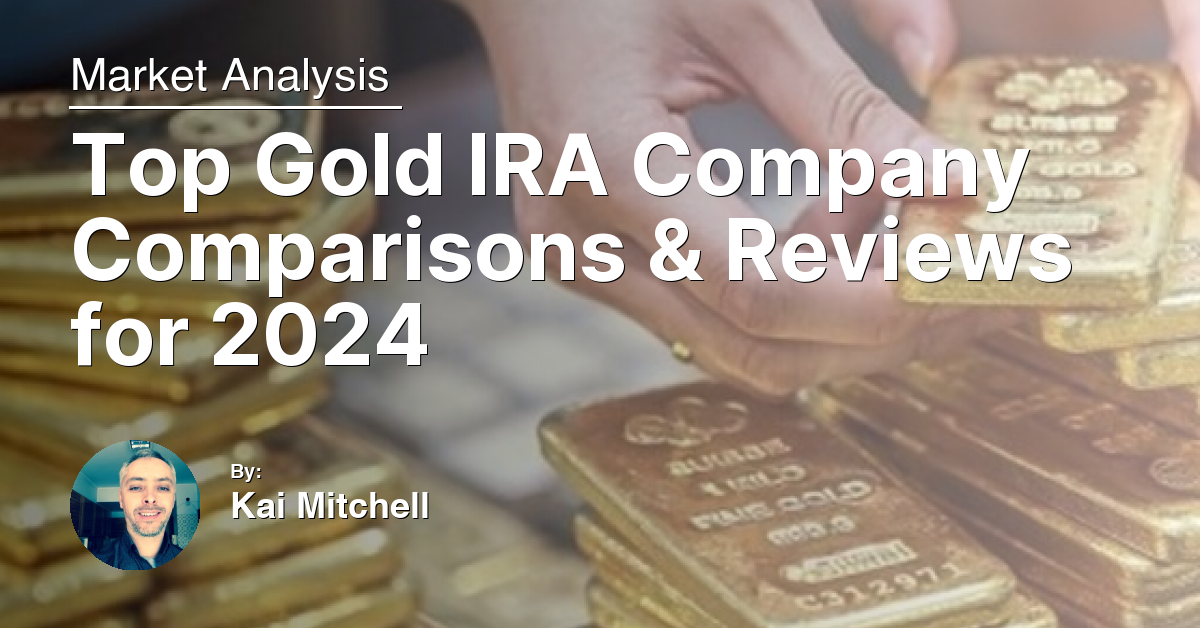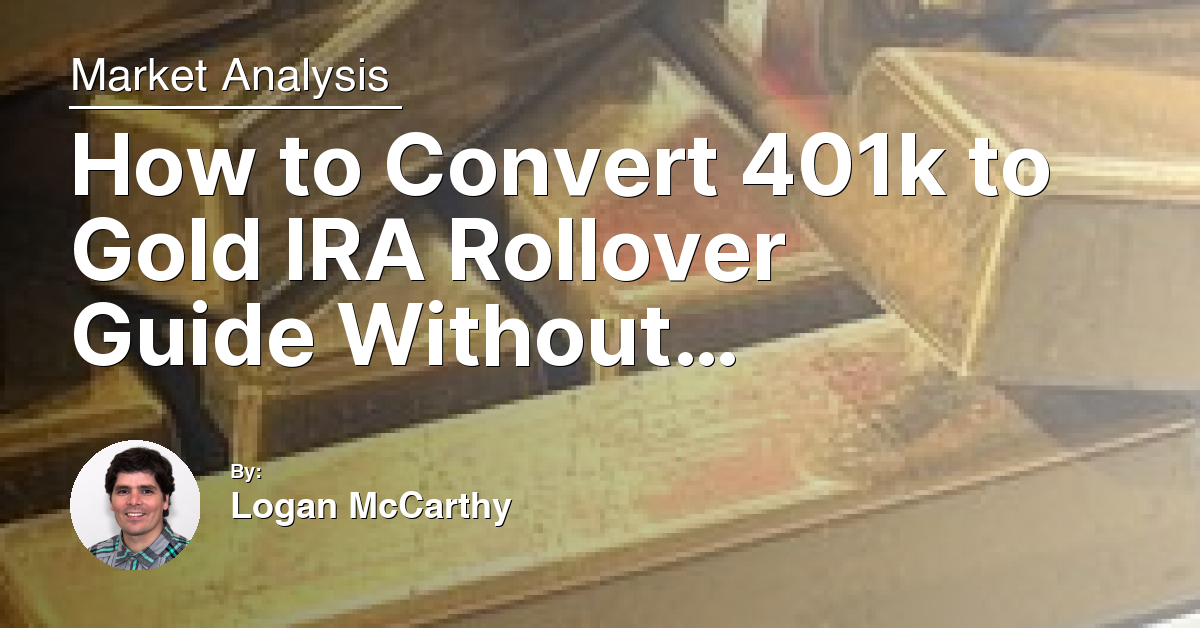Welcome to the 2024 edition of the definitive guide on investing in and purchasing gold, silver, and other precious metals. In a world where financial markets can shift as quickly as the wind, possessing tangible assets like precious metals can be a smart addition to any investment portfolio. This comprehensive guide will provide you with the insights and strategies needed to navigate the intricate landscape of precious metals investment, ensuring you are well-equipped to make informed decisions. Whether you’re a seasoned investor or new to the world of precious metals, our guide will serve as your compass in uncovering the potential that these timeless assets hold.
Strategies for Investing in Physical Metals
To smartly invest in physical metals, consider starting with gold and silver coins like the American Gold Eagle or Krugerrand. These are recognized worldwide, making them easier to trade due to their established value and demand. Coins offer the advantage of being available in various weights, accommodating different investment sizes.
Diversification is key in any investment strategy. Incorporate physical metals into your portfolio alongside stocks, bonds, and possibly cryptocurrencies to spread risk. Metals can act as a hedge against inflation and currency devaluation, preserving your wealth during economic downturns.
Consider futures contracts for metals like gold, silver, and copper to speculate on prices without owning the physical asset. This can lead to potential profits if market trends are predicted accurately. However, this involves higher risk and may not be suitable for all investors.
Storage and insurance are critical. Whether storing at home, in a bank vault, or through a third-party provider, ensure your investments are safe from theft or damage. Some brokers, like Interactive Brokers or TradeStation, offer options for securing metals, adding a layer of convenience and security.
Lastly, consult with a financial adviser experienced in commodities. They can provide personalized advice, helping navigate market volatility, and aligning metal investments with your overall financial goals.
Opening a Precious Metals IRA for Retirement
When setting up a Precious Metals IRA, it’s crucial to select a reputable custodian. Firms like Interactive Brokers and TradeStation are known for their reliability and services tailored to metals trading. They can guide you through the purchase of IRS-approved metals, such as the American Gold Eagle coins or gold bars, ensuring that your investments meet the legal requirements for IRA accounts.
The Appeal of Physical Gold and Silver Forms
The appeal of physical gold and silver forms lies in their tangible nature, offering a sense of security and stability that virtual investments, like stocks or cryptocurrency, cannot. These metals serve as a hedge against inflation and economic uncertainty, preserving value even when fiat money’s purchasing power declines. Investors appreciate the diversification benefits, adding a physical layer to their portfolio that is less subject to market volatility and currency devaluation.
Gold and silver, in forms like coins, bullion, and bars, including popular options like the Krugerrand or American Silver Eagle, provide liquidity and can be easily bought or sold through various markets or dealers. They also offer potential for capital gains, as prices fluctuate based on supply and demand, geopolitical stability, and changes in market interest rates.
Furthermore, owning physical gold or silver eliminates counterparty risk associated with investments like futures contracts or options. In times of financial crisis or systemic economic failure, physical metals can act as an insurance, retaining intrinsic value and offering a layer of financial security. This makes them an essential component for investors seeking a balanced, risk-managed investment strategy.
Navigating Brokerage and IRA Account Openings
When opening a brokerage or IRA account for investing in gold, silver, and other precious metals, it’s crucial to focus on diversification and the potential for a solid rate of return. These accounts enable you to invest in various forms of precious metals, such as bullion coins, gold bars, and even shares in mining companies or ETFs that track the price of metals.
Before selecting a brokerage, consider the fees, reputation, and the range of investment options they offer. Some may allow for direct purchase of physical metals, while others focus on futures contracts or shares in metal-related corporations. It’s also vital to understand the tax implications and withdrawal rules, especially for IRA accounts, to optimize your investment’s growth and minimize penalties.
Understanding Market Stability and Asset Performance
Understanding market stability and asset performance is crucial when investing in gold, silver, and other precious metals. These assets often serve as a hedge against inflation and financial instability. Unlike fiat money, whose value can be eroded by economic policies and inflation, precious metals maintain intrinsic value over time.
Investors should consider diversification to minimize risks and enhance potential returns. Including precious metals in your portfolio can protect against volatility in other markets, such as equities or bonds. Gold bars, coins, and bullion coins are popular forms for investment. They offer liquidity and can be easily traded on commodity exchanges or through financial advisers.
Market dynamics, including supply and demand, influence the price of precious metals. Technological advances and geopolitical events can also impact market stability and asset performance. Thus, staying informed and consulting with a wealth management professional can be beneficial.
Investment in precious metals requires understanding of various factors including interest rates, exchange rates, and economic indicators. Futures contracts and options offer ways to speculate on price movements or hedge against them, but come with their own risks.
Ultimately, the goal is to achieve a balanced portfolio that generates income while protecting against downside risk. Precious metals can play a key role in achieving this balance, offering both security and the potential for profit in uncertain economic times.
Allocating the Right Amount in Your Portfolio
Allocating the right amount to gold, silver, and other precious metals in your portfolio is crucial for balancing risk and reward. Experts typically recommend a diversification strategy that includes 5-15% of your portfolio in precious metals. This percentage can act as a hedge against inflation and economic volatility, offering a safer harbor during financial crises.
When considering the form of investment, options range from physical gold bars and coins to gold ETFs and mining stocks. Each has its own set of considerations, including storage costs for physical metals and the rate of return on paper investments. Consult with a financial adviser to tailor your portfolio to your risk tolerance and investment goals.
Selecting Between Gold, Silver, and Other Metals
When selecting between gold, silver, and other metals for investment, consider their market volatility, potential for diversification, and historical performance in times of economic instability. Gold often stands as a safe haven during financial crises, maintaining value as a hedge against inflation and currency devaluation. Silver, while more volatile, offers industrial demand that can lead to significant gains. Other metals, like copper and platinum, present opportunities tied to technological change and industrial use.
Diversification across these metals can reduce risk in your investment portfolio. Including assets like bullion coins, minted by reputable sources such as the United States Mint, or exploring options in futures contracts and exchange-traded funds (ETFs), can offer both income through dividends and potential for profit. Pay attention to fees, interest rates, and the impact of exchange rates on international metals.
Investors should also consider liquidity; gold and silver coins are easily tradable for cash, making them advantageous during rapid market changes or personal financial needs.
Timing Your Investments in Precious Metals
Investing in precious metals during periods of financial uncertainty or when inflation rates are high can be a wise strategy. Precious metals often serve as a hedge against economic instability and can protect your portfolio’s value during times of market downturns.
Consider diversifying your investment through various forms such as bullion coins, bars, or precious metals funds. Diversification can help spread risk and increase the potential for profit. Pay attention to the costs associated with buying and holding precious metals, including storage fees and insurance.
Lastly, stay informed about new technological changes and policies that could impact the precious metals market. Being well-informed will help you make timely and profitable investment decisions.
FAQs
Is it a good idea to invest in gold or silver?
Investing in gold or silver can be a good idea depending on the amount you plan to invest. Silver is a good option for small amounts due to its industrial uses, while gold is better for larger sums because of its scarcity and potential for higher gains.
How to invest in gold and silver for beginners?
Investing in gold and silver for beginners can be done through exchange-traded funds (ETFs). Gold and silver ETFs can be purchased through a stock brokerage, making it a simple and accessible option for new investors.
Should beginners invest in gold?
Beginners should consider investing in gold. It offers a hedge against inflation, helps with portfolio diversification, and has the potential for rising value. However, it’s important for beginners to be strategic and informed in their approach to investing in gold.

